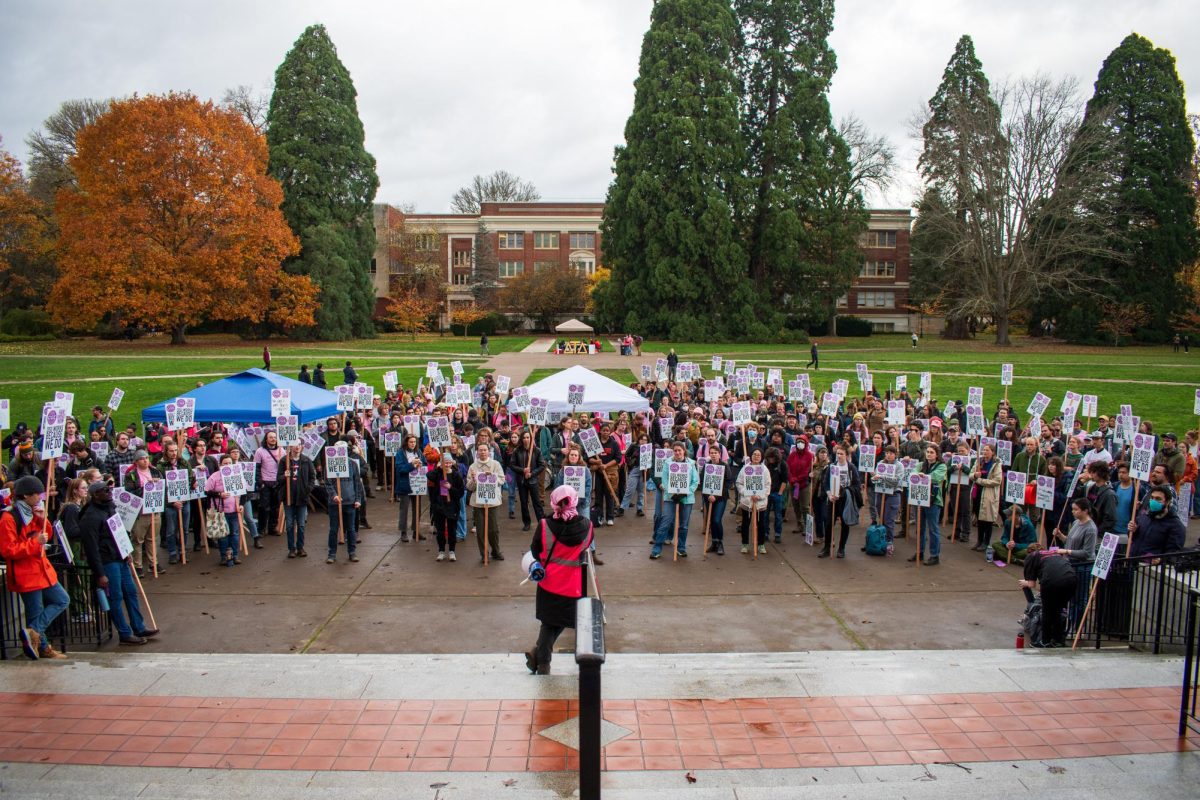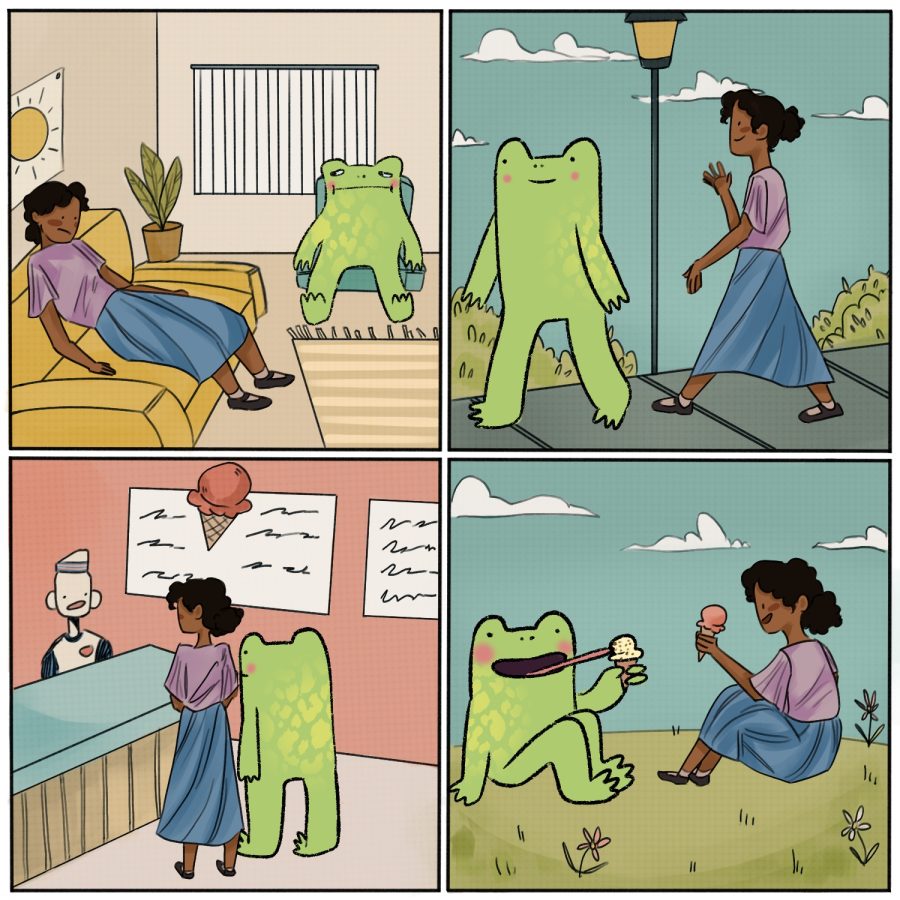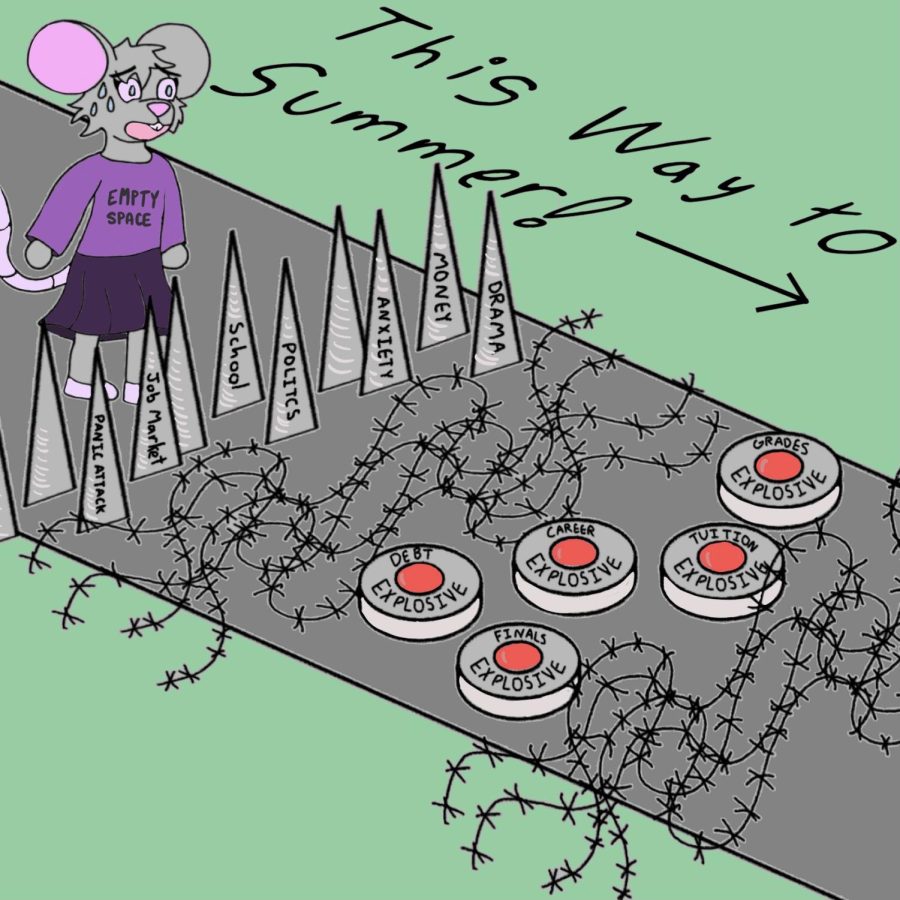Editor’s Note: This is a column and does not reflect the views or opinions of the Daily Barometer.
For the first time in 25 years, the Coalition of Graduate Employees at Oregon State University went on strike, demanding fair pay for the critical roles they hold around campus.
The strike began Nov. 12 and lasted until Dec. 7. Whether through participating in research and labs or working as teachers in classrooms across campus, many academic activities appear to function with these students at the reins.
In July, the CGE notified OSU of their intent to negotiate and update their expiring labor contract, leading them to bargain for better wages. Due to a lack of agreement, the CGE eventually voted to go on strike, which appeared undoubtedly necessary.
Austin Bosgraff, president of the CGE, said, “At the beginning of negotiations, OSU tried to lock us into a six-year contract, taking us from negotiating our salary every two years to every six…”
This offer from OSU immediately felt less like a compromise and more like a financial venus flytrap — enticing graduate students with promises of stability, only to ensnare them in unchanging wages and leave them unable to effectively advocate for themselves as the cost of living rises.
This strike was not only necessary but felt long overdue. While the agreement sews seeds of progress, it stems from historically undervalued graduate labor alongside OSU’s ability to set a low precedent financially.
When the strike was just sprouting, the CGE wanted a 50% raise to the minimum graduate employee wage while OSU only initially offered 8%. Recently, OSU and the CGE came to an agreement featuring a 13% increase to their minimum wage alongside a three-year term agreement.
Before the agreement, the minimum salary of the lowest paid OSU graduate employees was approximately “$1,762 a month, before taxes,” according to Brandy Whiteman, vice president of bargaining for CGE.
While any amount of growth demonstrates the capacity for change through student effort, the 13% increase will give the students being paid the minimum only about $229 more monthly. This pales in comparison to the 50% increase they initially proposed, which would have provided them with an additional $881 monthly.
This could easily determine whether or not a student can pay for groceries, rent or utilities, especially if they have other family members to consider.
It’s important to note that for many graduate employees, the decision to strike was not made lightly. Olivia Shultz, a graduate student working towards her Master of Arts in speech communication at OSU, said it was difficult to step away from her teaching duties.
“There is definitely that dissonance of wanting to take care of myself, but also wanting to make sure that my students are being taken care of as well,” Shultz said. “It’s just kind of reminding myself that this, making everything better for myself as an individual, will ultimately make the classroom environment better for my students.”
Similar to ecological succession, where one generation lays the groundwork for the next, graduate students today are fighting for a future they may not all even get to experience. For many, the strike was not just about securing better pay, but about cultivating a more fertile academic landscape for future graduate students to prosper.



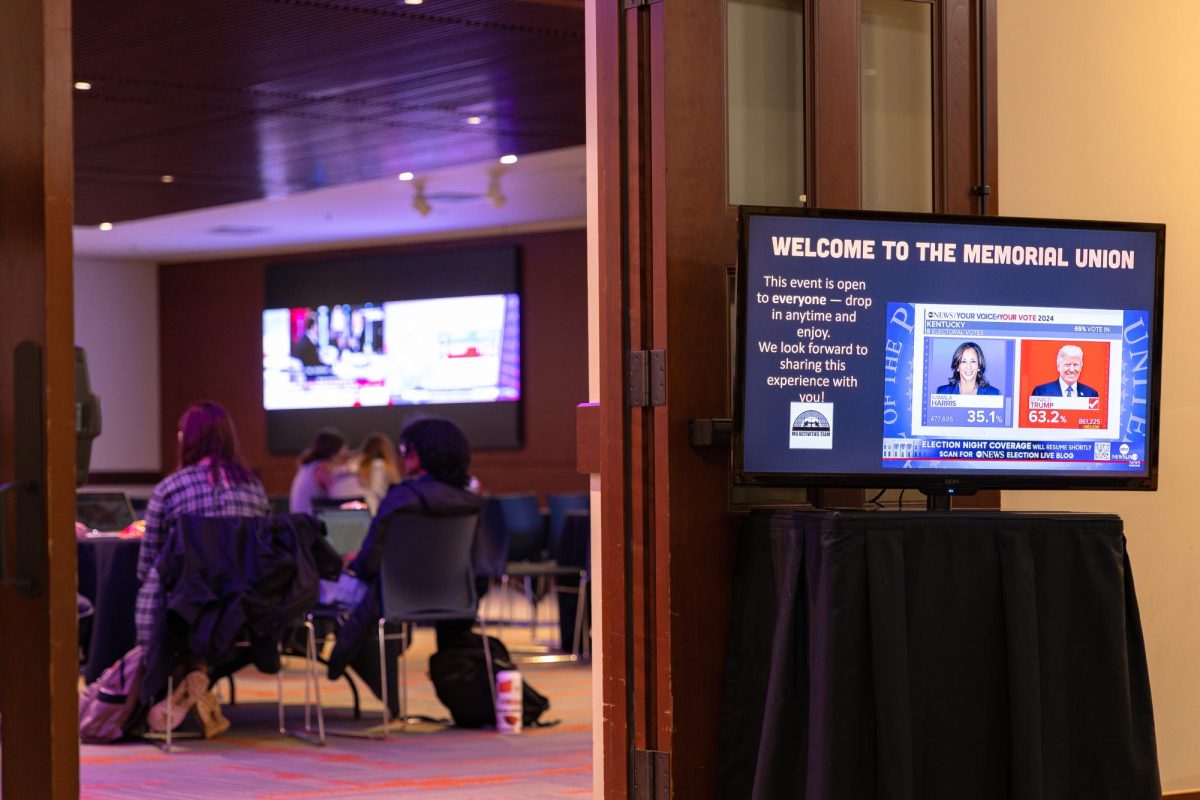




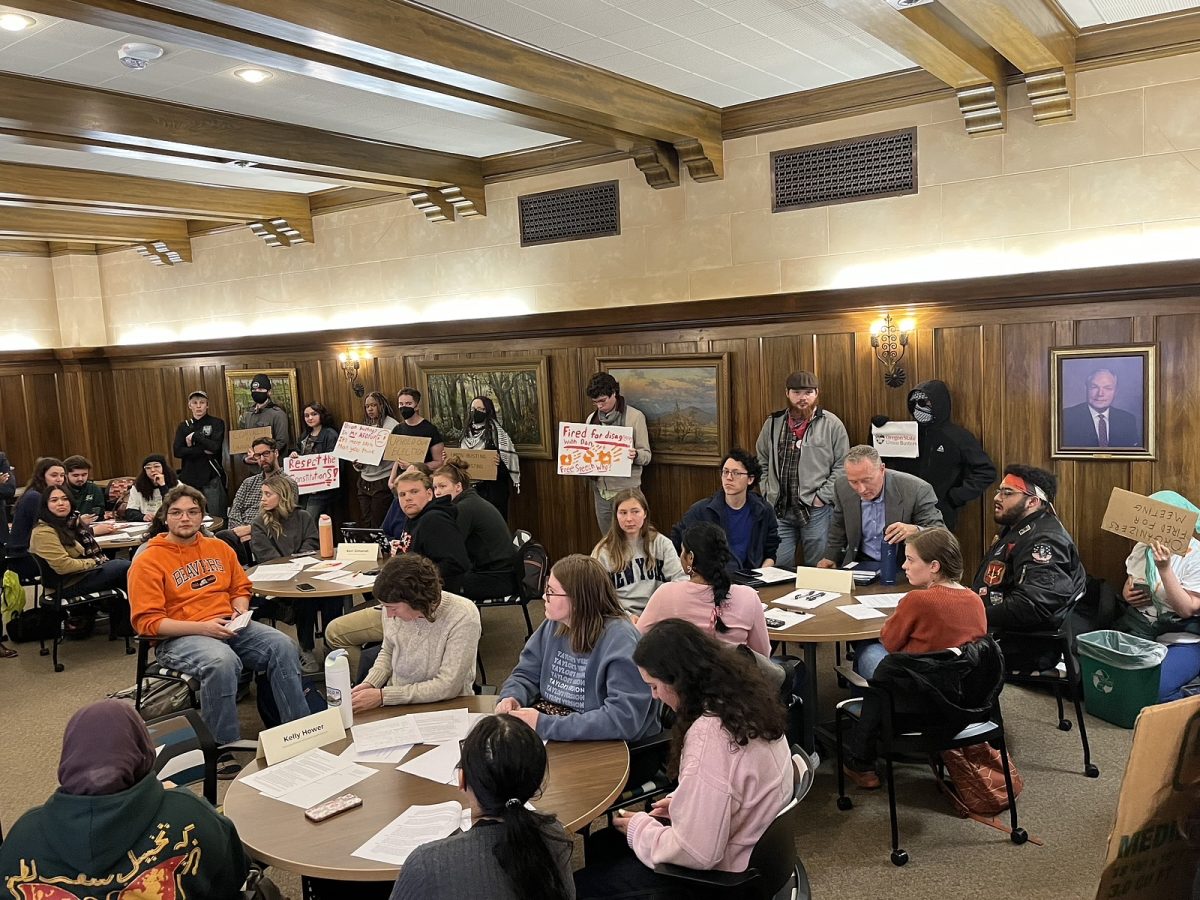














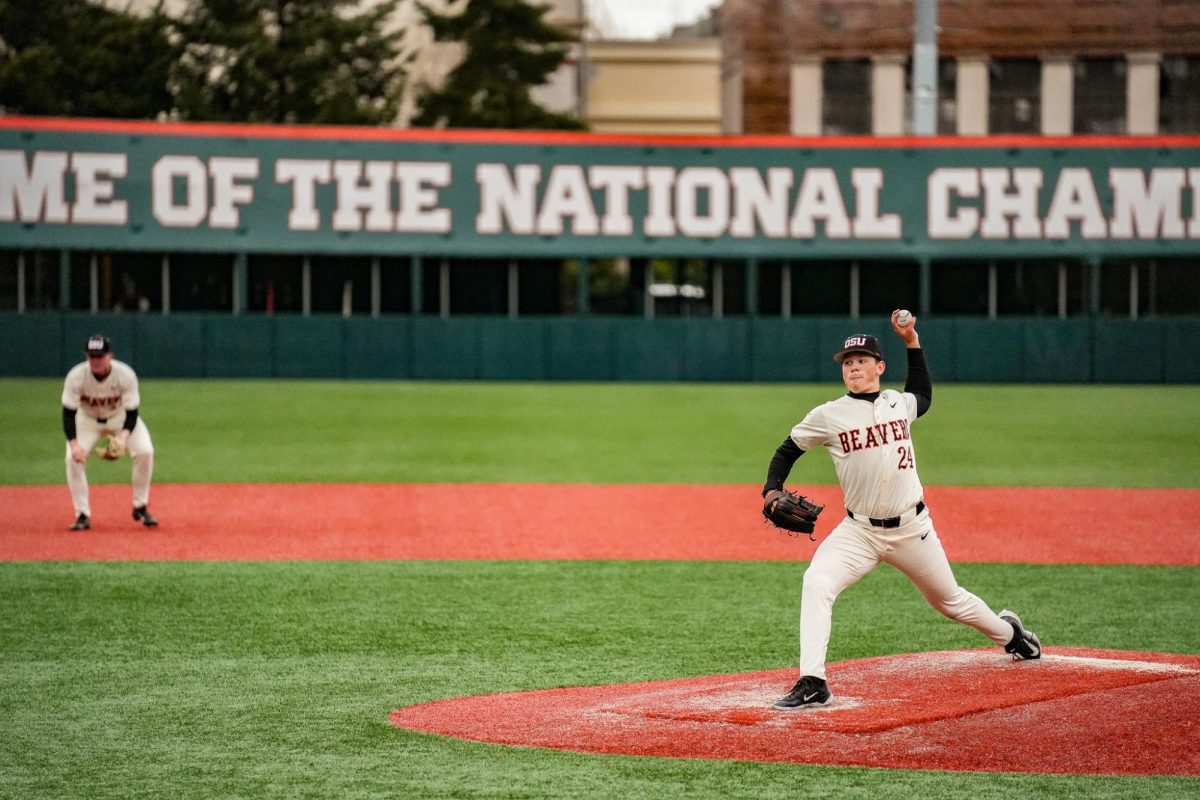

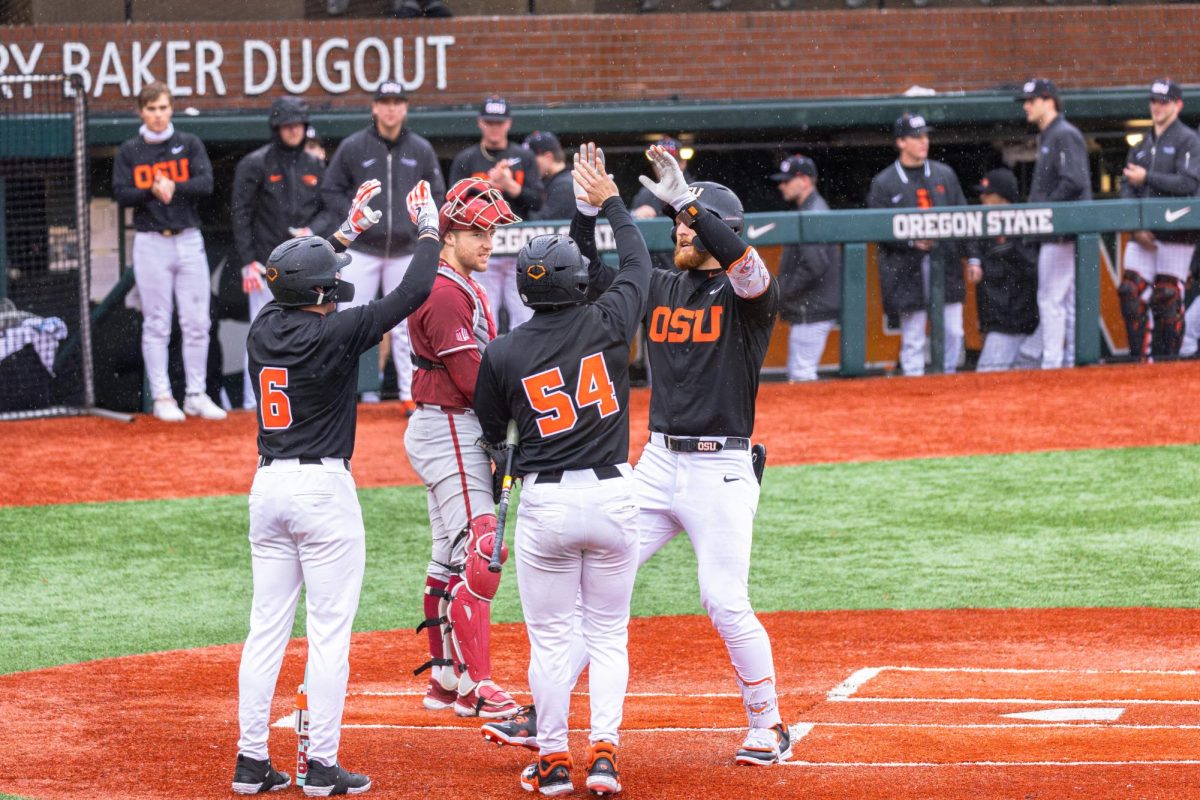
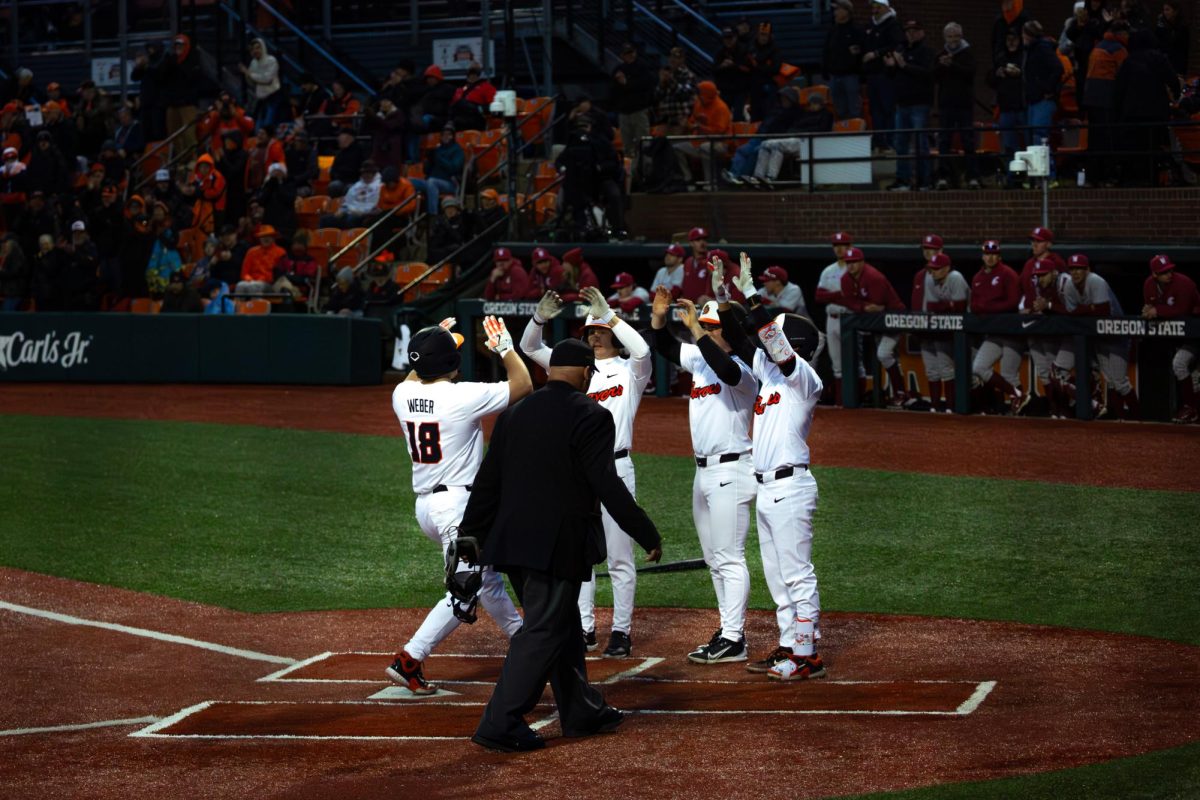
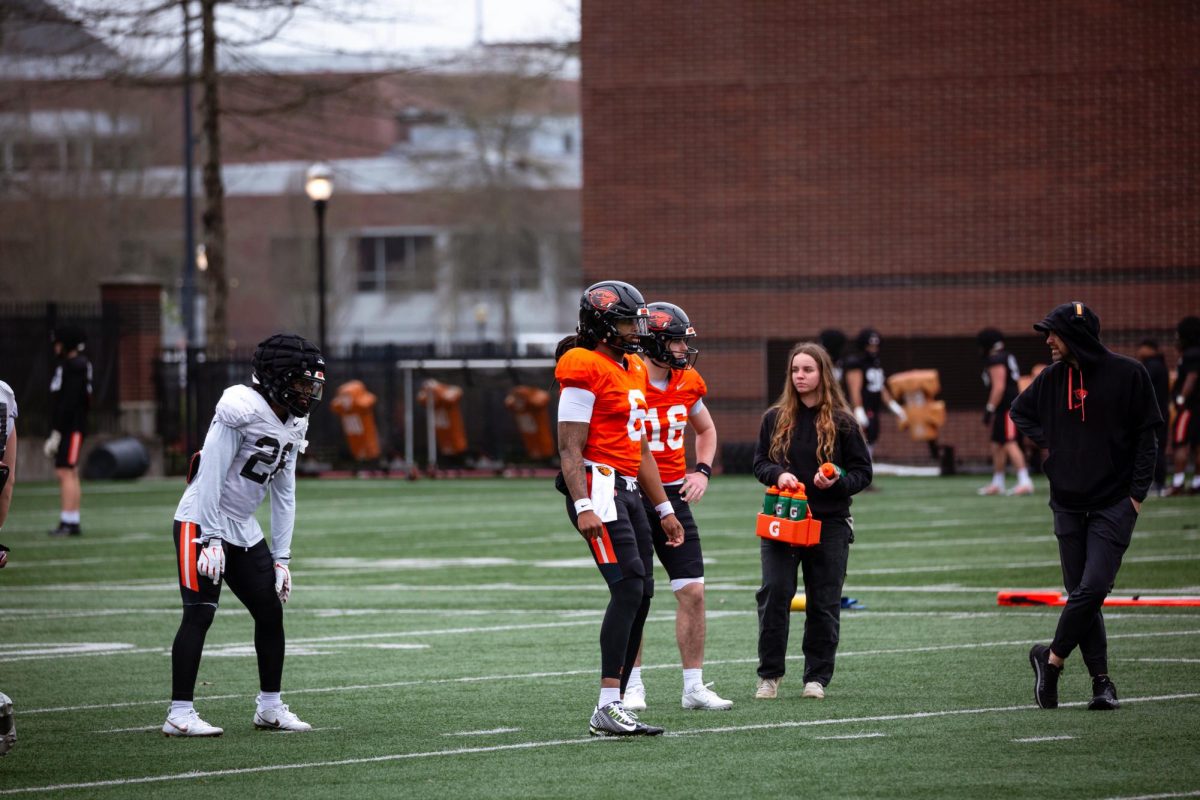


















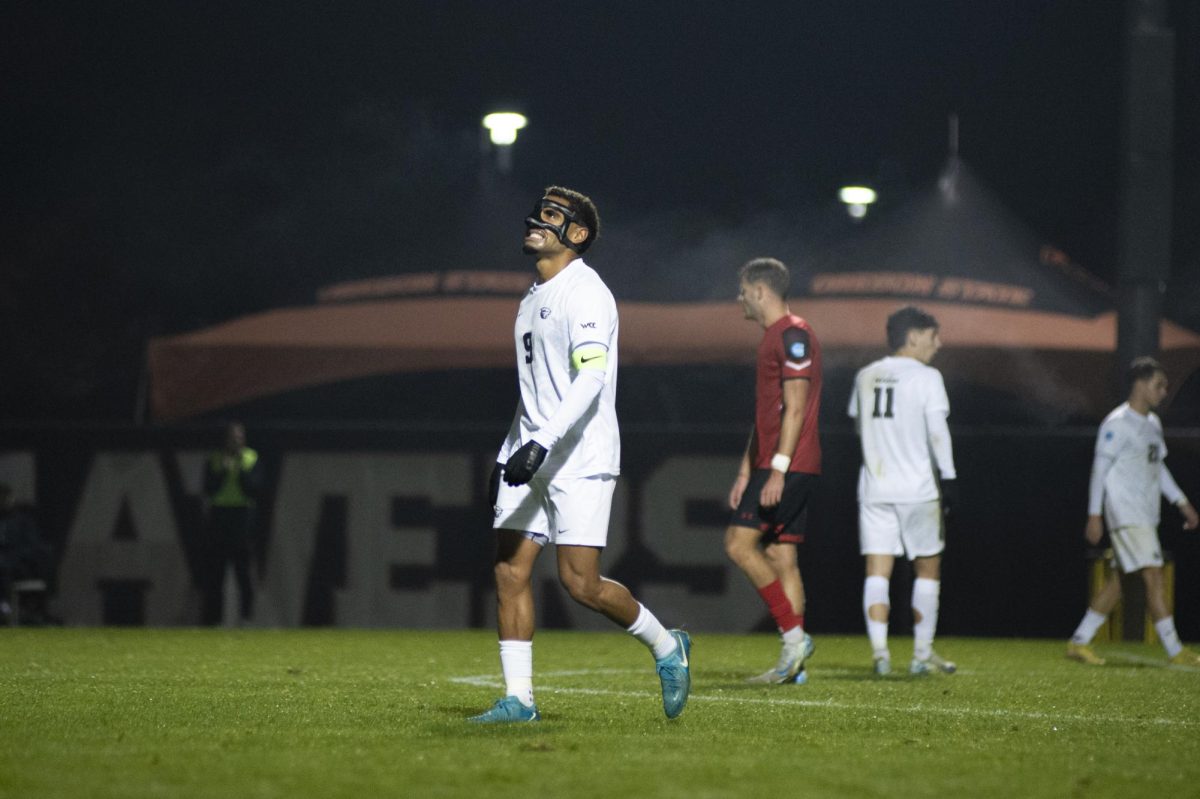
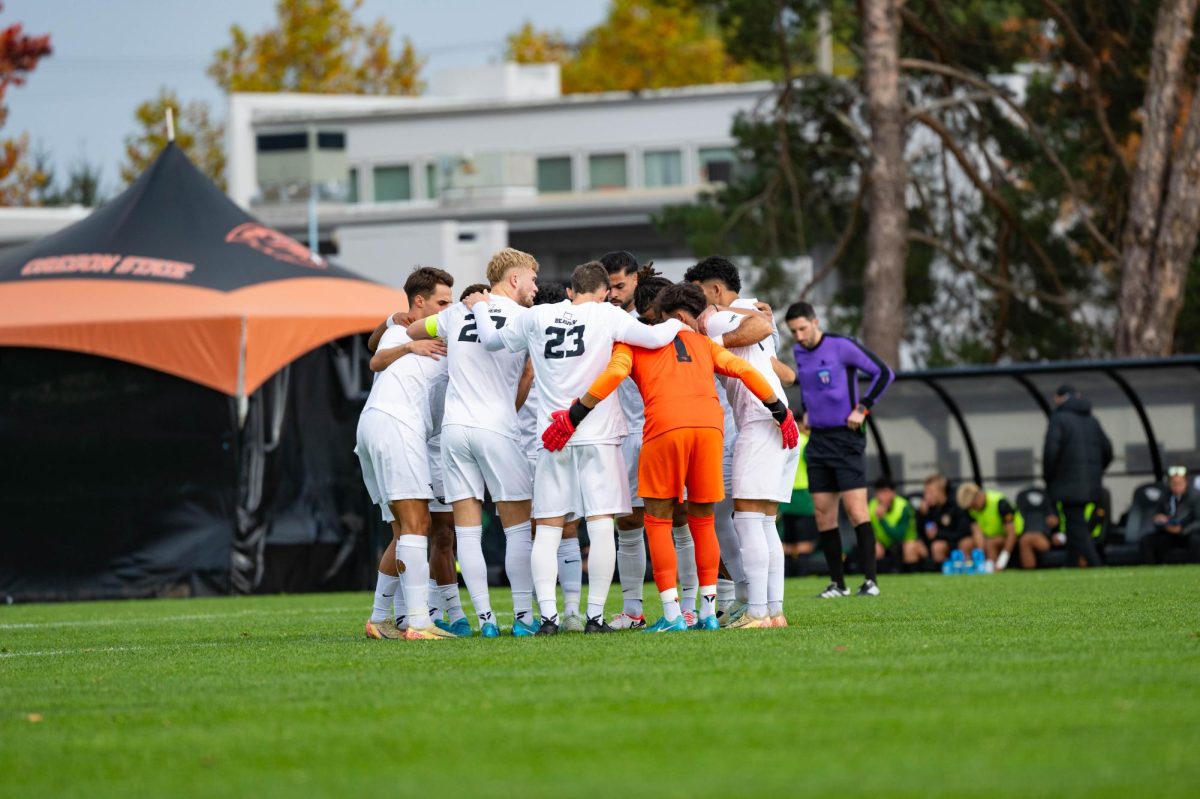
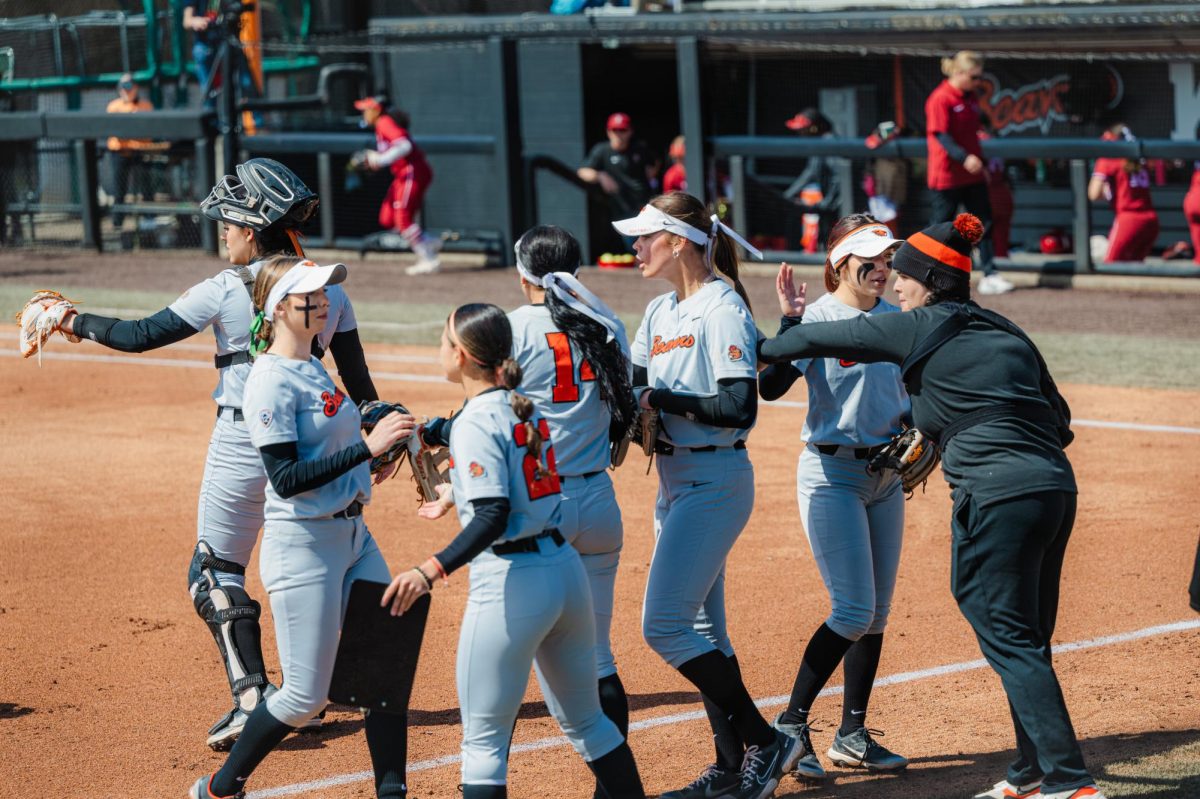
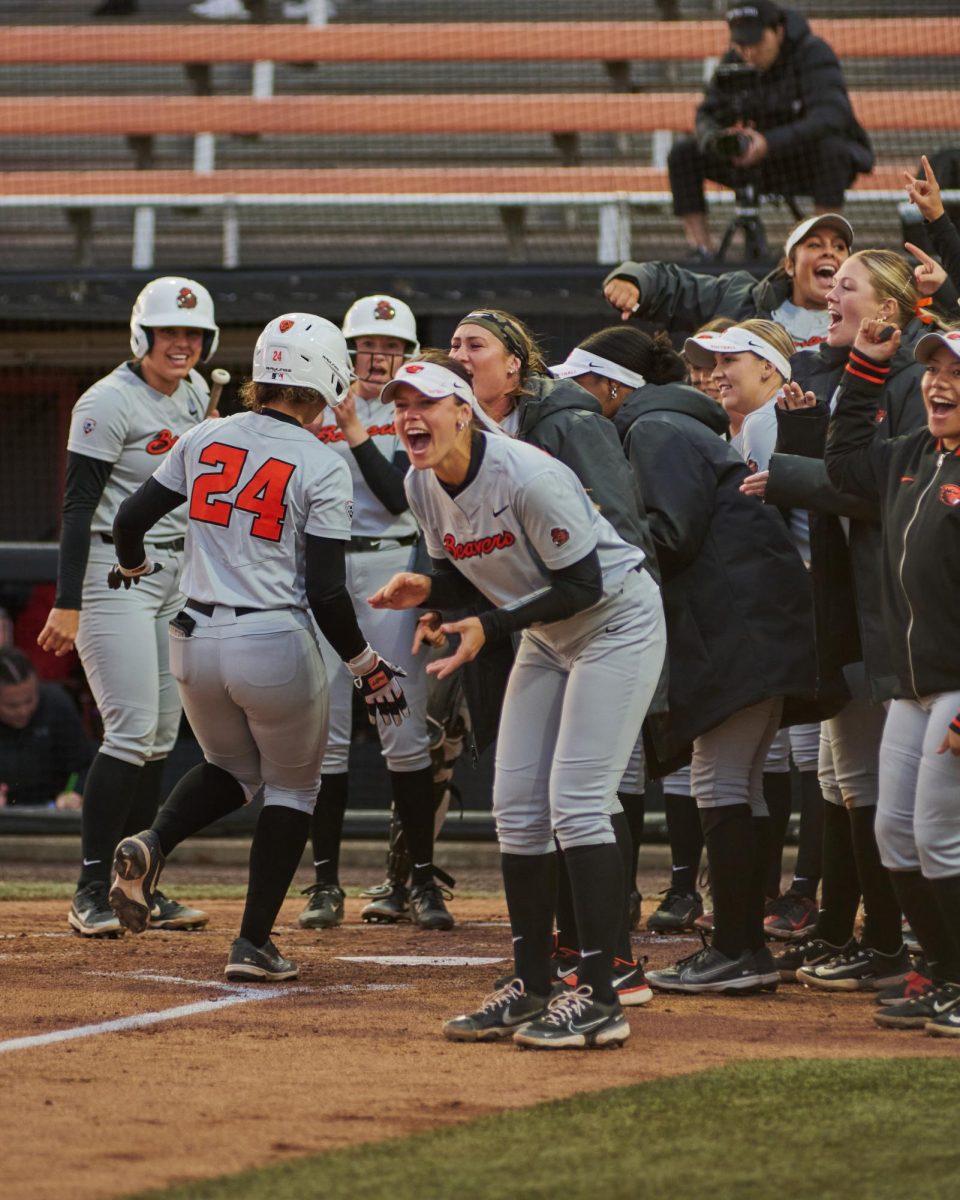
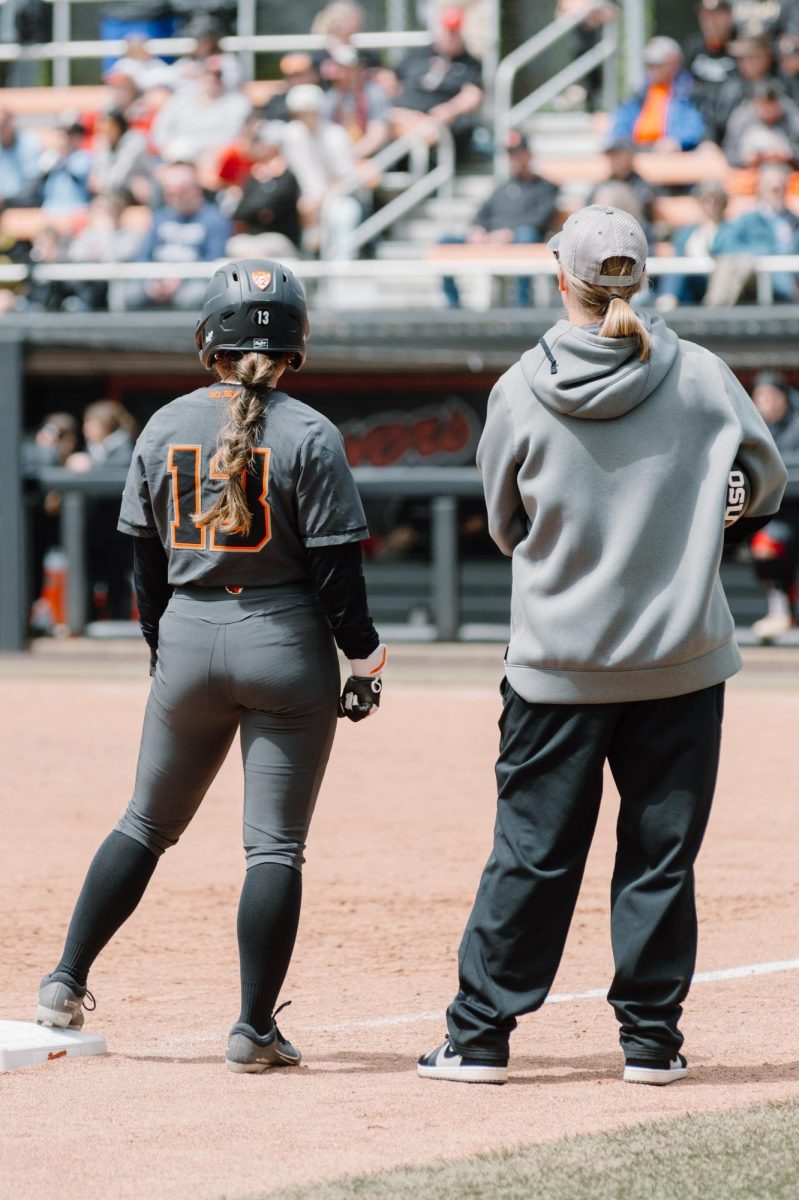


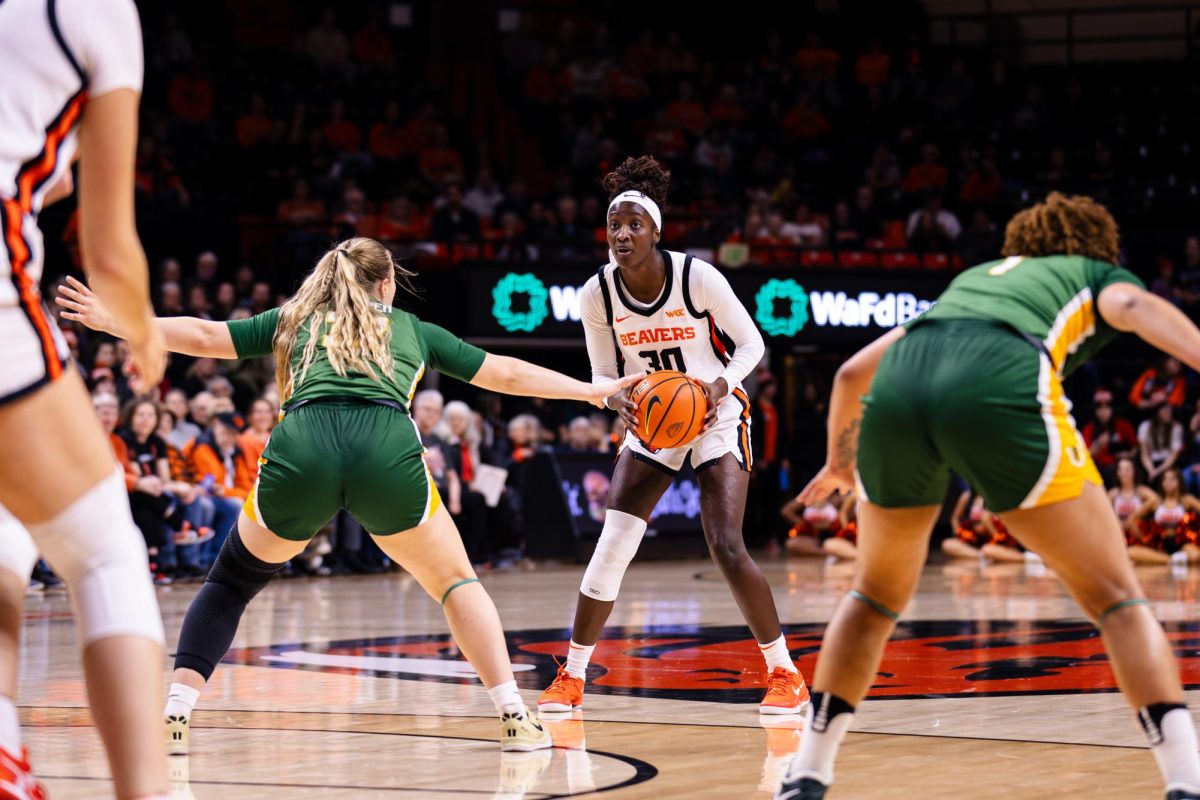
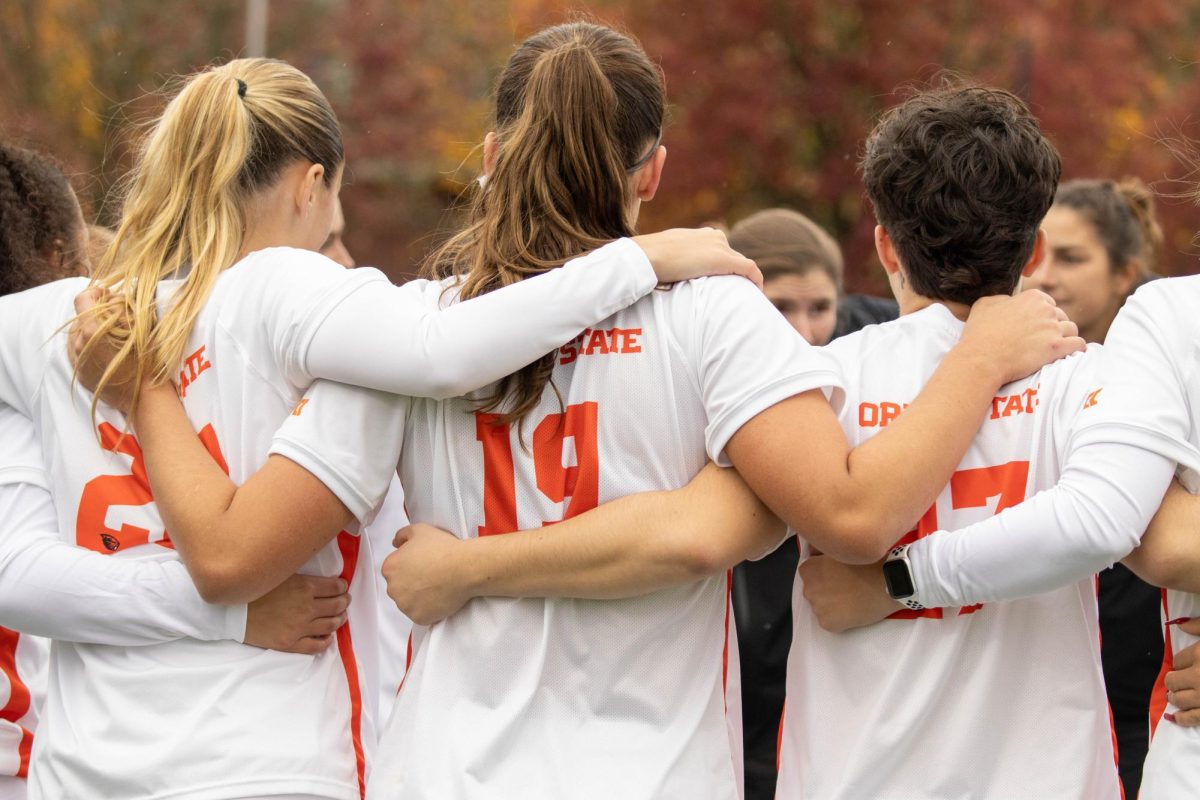
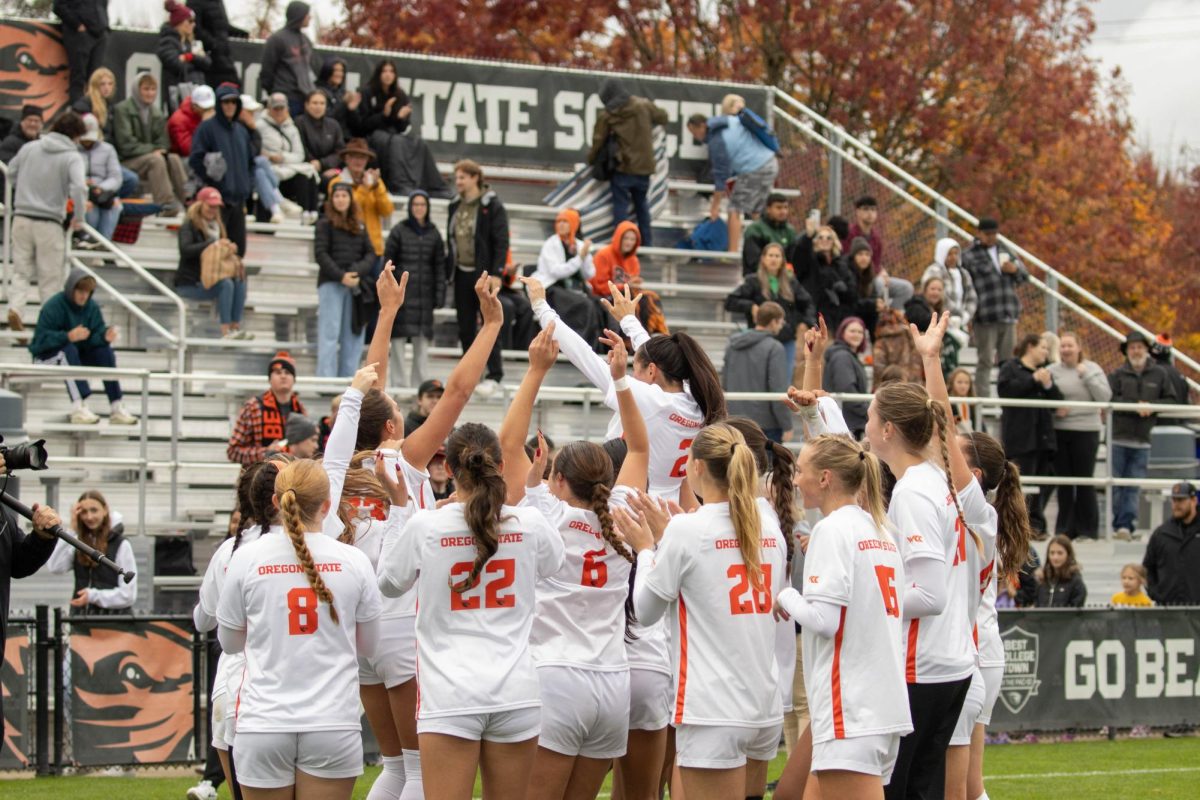

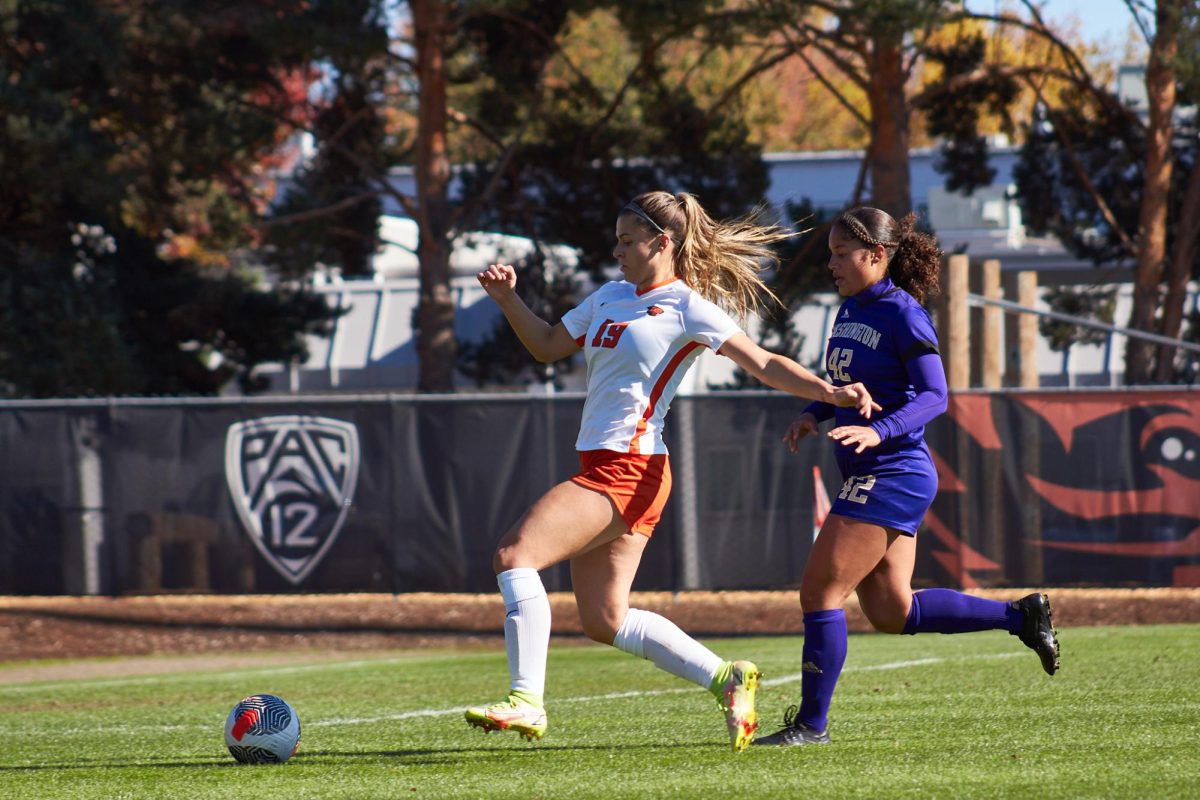
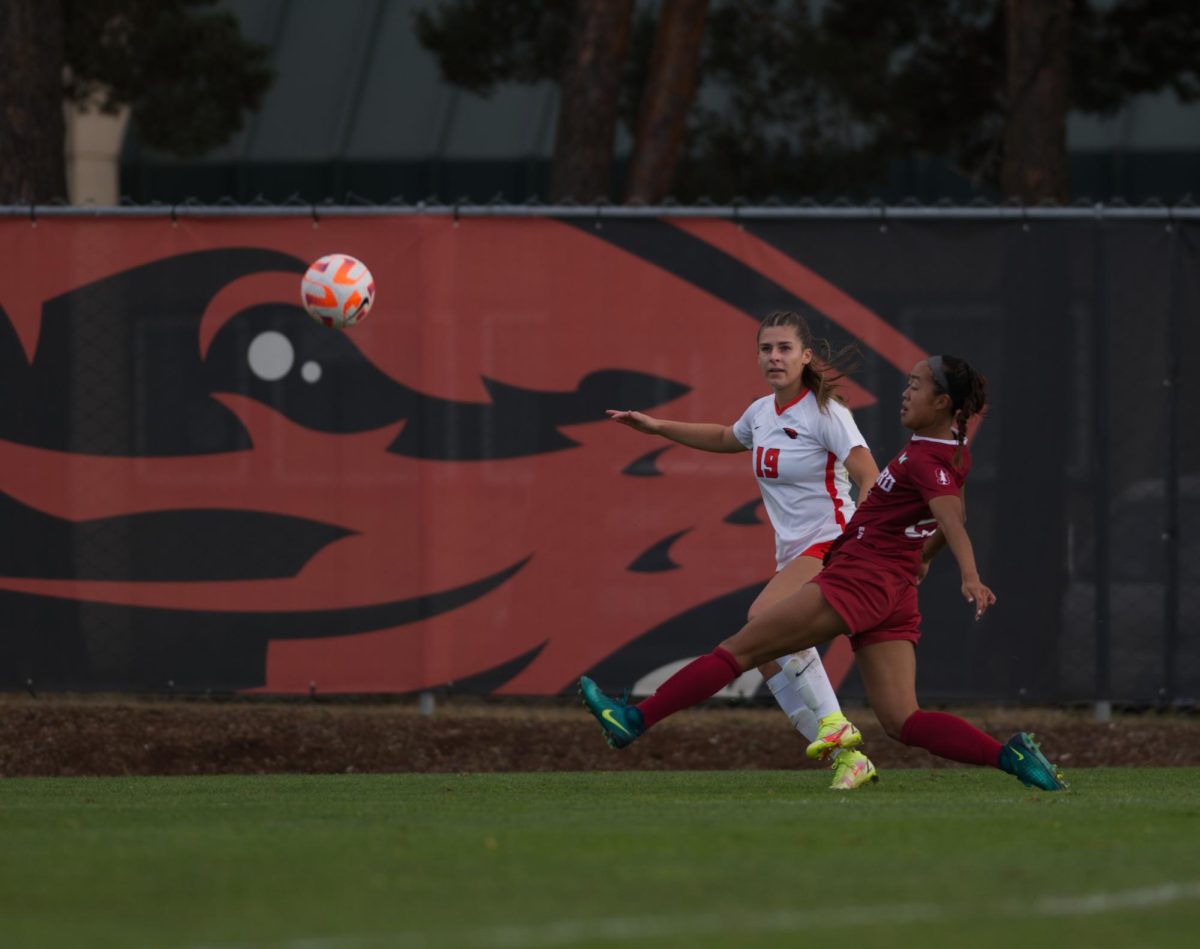






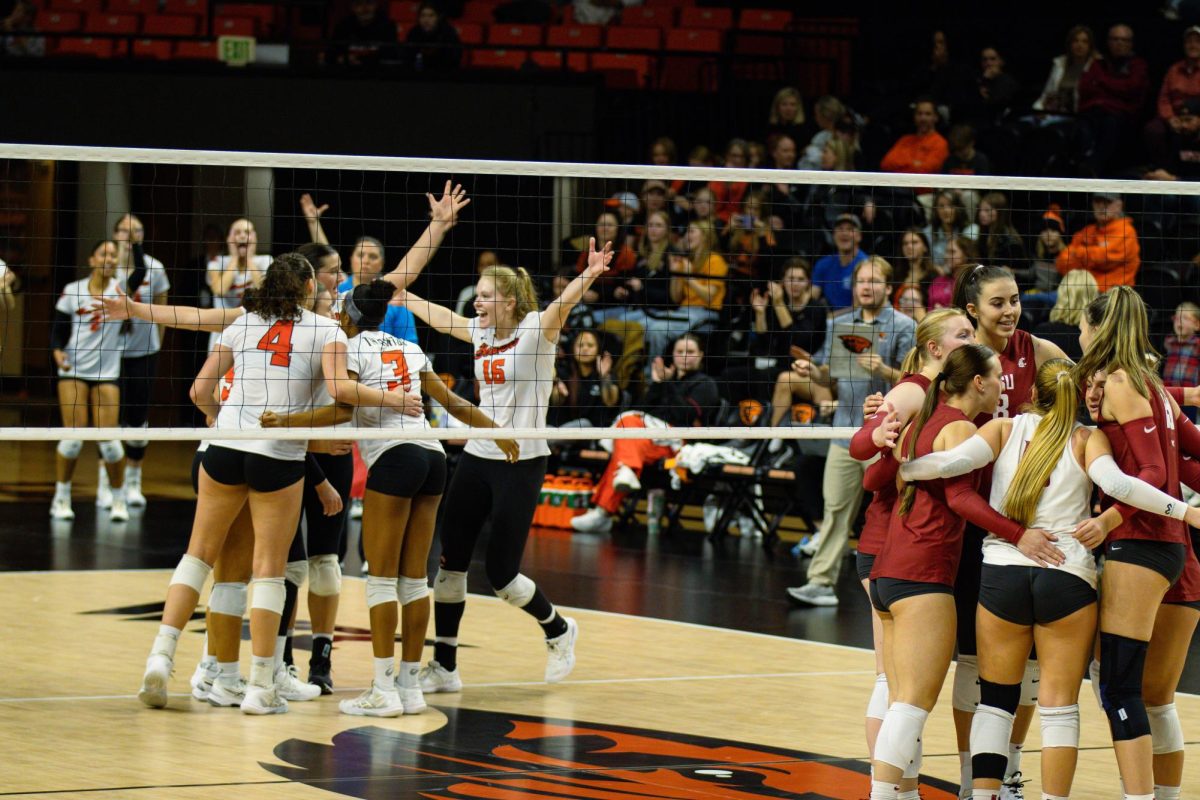
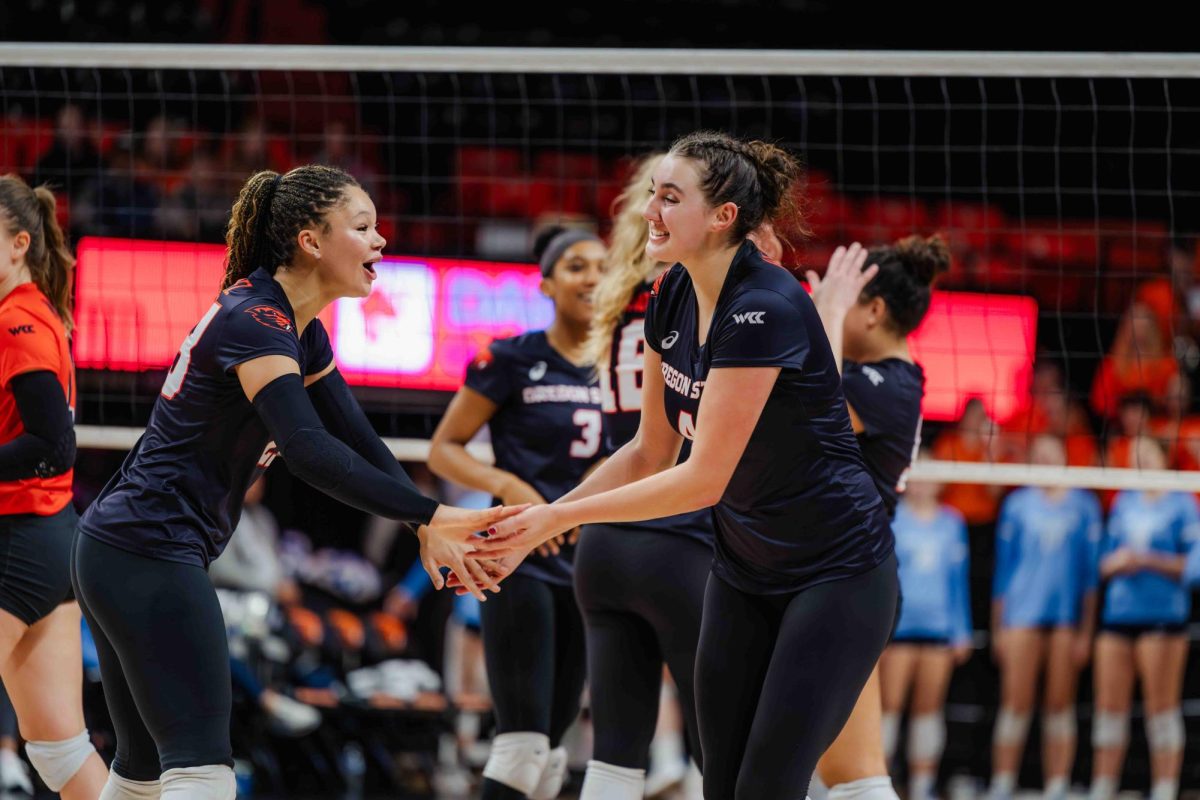
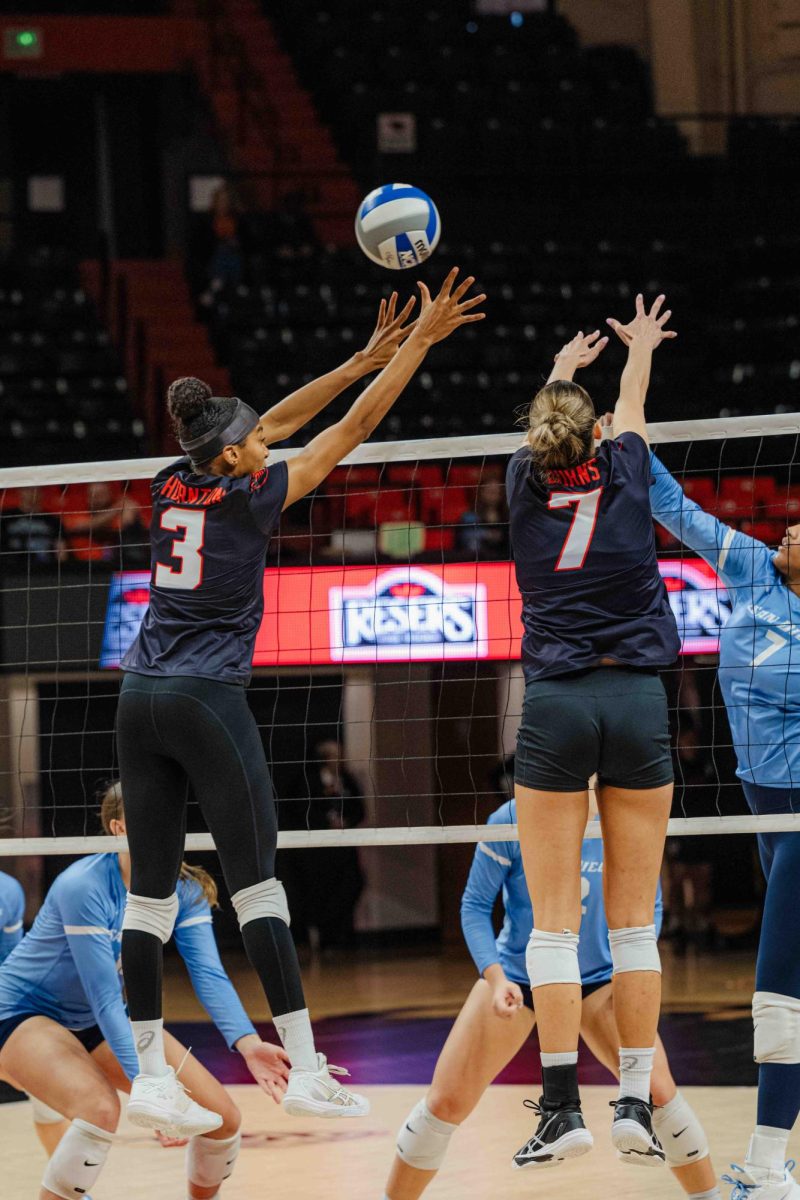
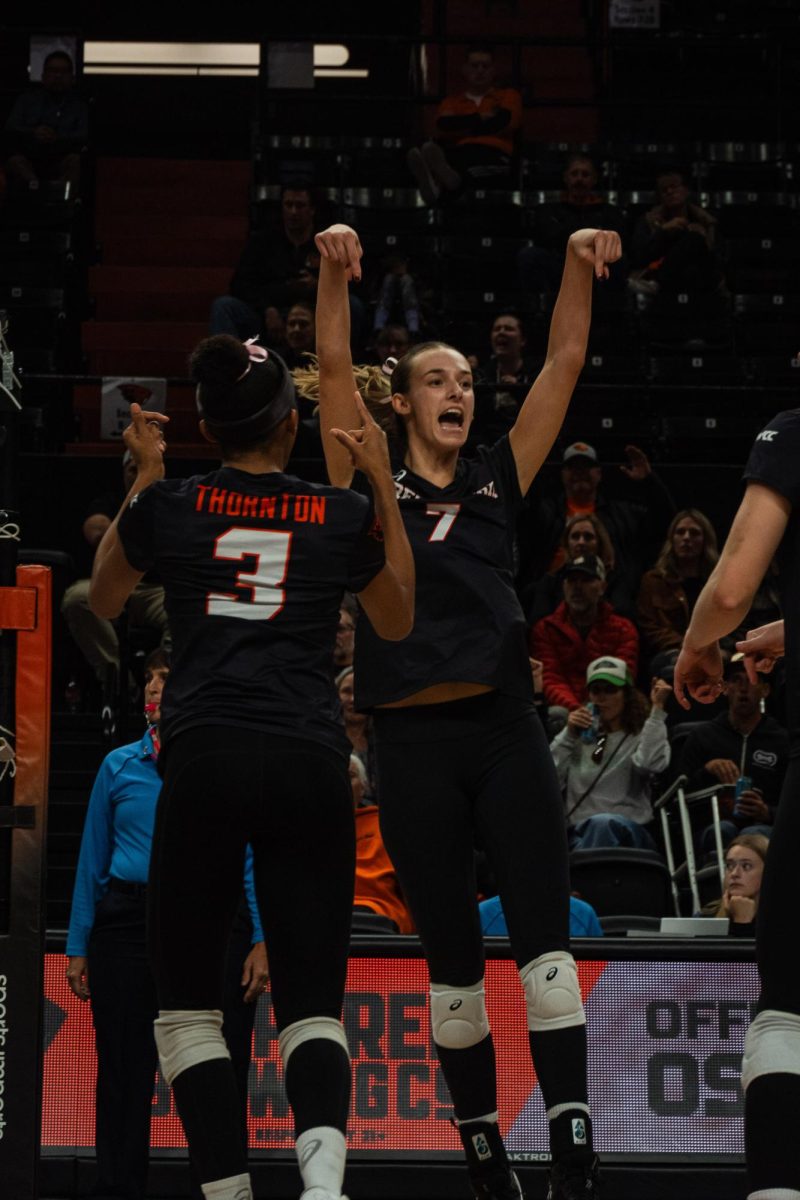
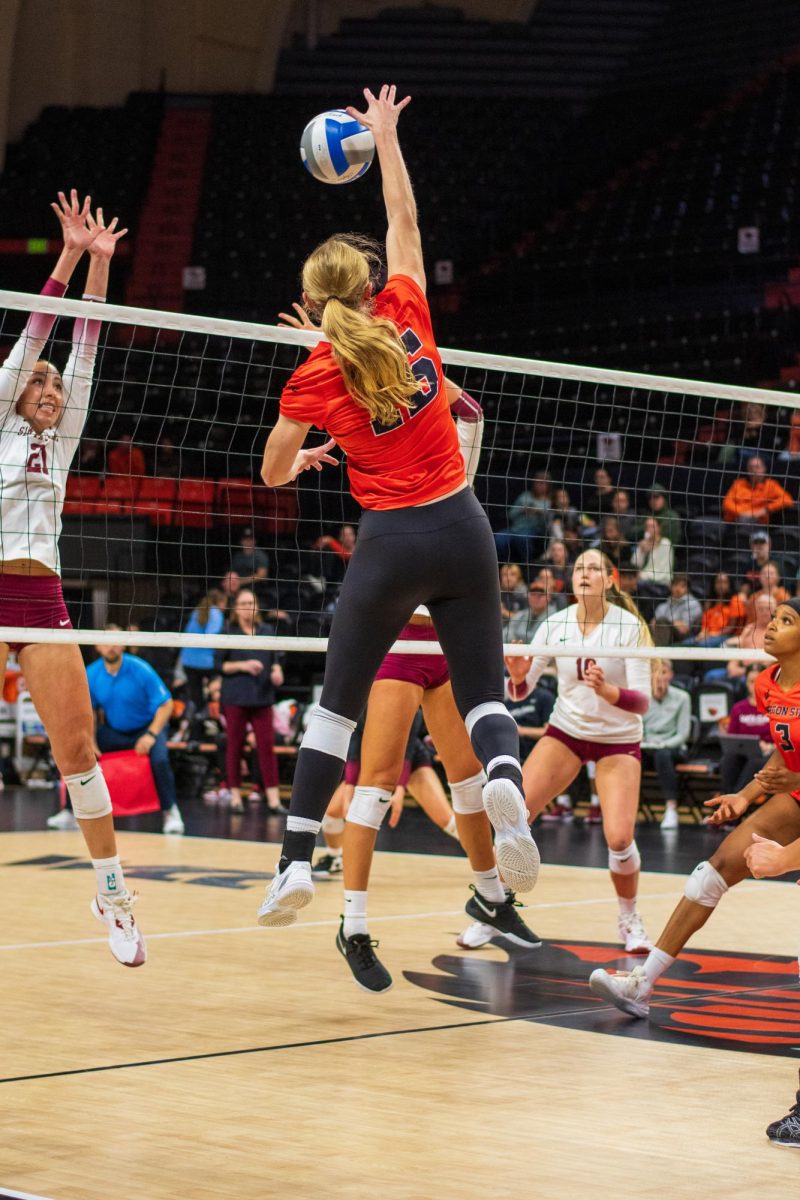

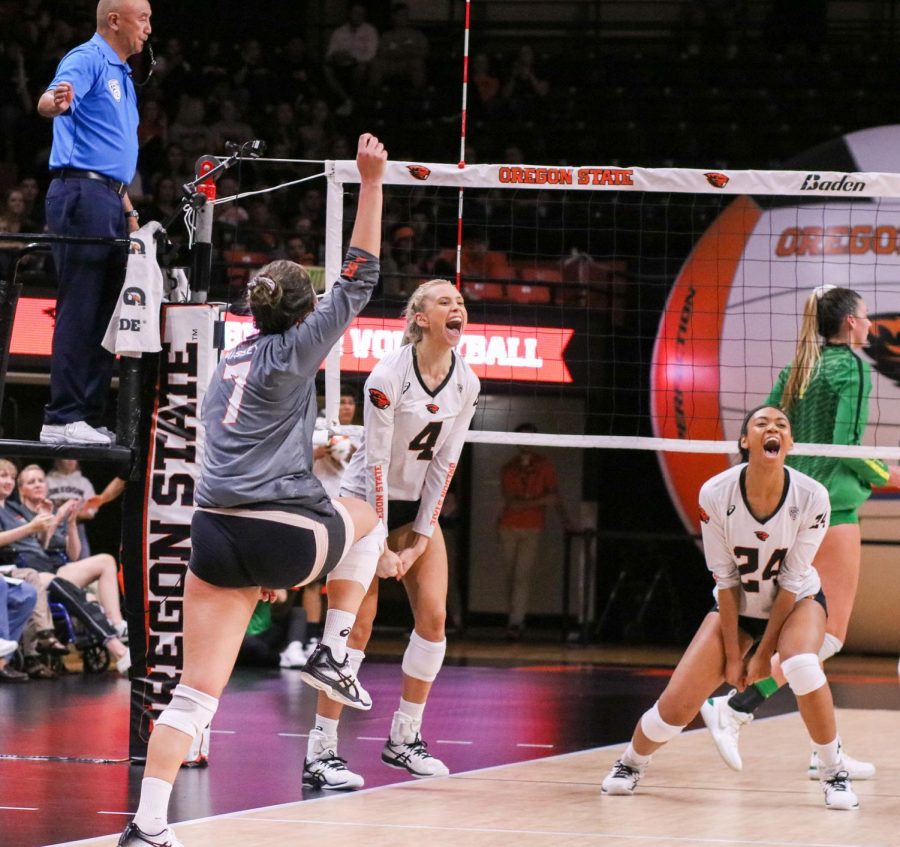

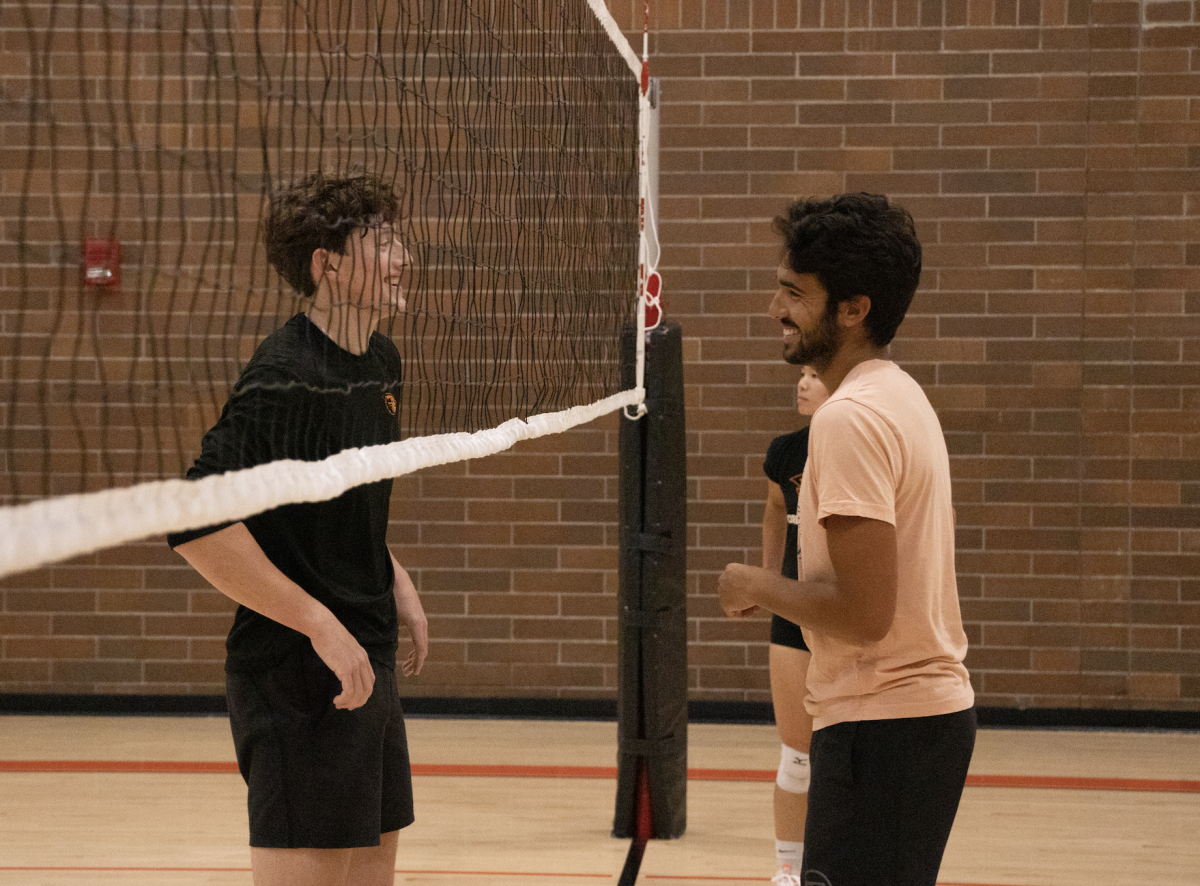








![Newspaper clipping from February 25, 1970 in the Daily Barometer showing an article written by Bob Allen, past Barometer Editor. This article was written to spotlight both the student body’s lack of participation with student government at the time in conjunction with their class representatives response. [It’s important to note ASOSU was not structured identically to today’s standards, likely having a president on behalf of each class work together as one entity as opposed to one president representing all classes.]](https://dailybaro.orangemedianetwork.com/wp-content/uploads/2025/03/Screenshot-2025-03-12-1.00.42-PM-e1741811160853.png)









